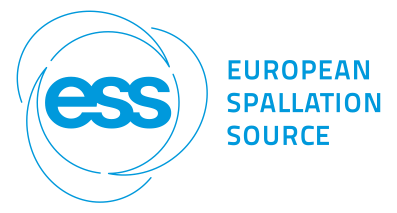Speaker
Dr
Valentina Santoro
(European Spallation Source ERIC)
Description
The ESS is being constructed in Lund, Sweden and is planned to be the world’s brightest pulsed spallation neutron source for cold and thermal neutron beams (< 1 eV). The facility uses a 2 GeV proton beam to produce neutrons from a tungsten target. The neutrons are then moderated in a moderator assembly consisting of both liquid hydrogen and water compartments.
Surrounding the moderator are 22 beamports, which view the moderator's outside surfaces. The beamports are connected to long neutron guides that transport the moderated neutrons to the sample position via reflections down neutron guides.
As well as the desired moderated neutrons, fast neutrons coming directly from the target can find their way down the beamlines. These can create unwanted sources of background for the instruments.
To mitigate such a kind of background, several instruments will use curved guides to lose direct line-of-sight (LoS) to the moderator and the target.
Once LoS is lost it is necessary to suppress the fast neutrons that are still traveling along the guide due to albedo reflections or streaming. One of the better solutions is the use of collimator blocks around the guide.
Several different materials have been proposed for this purpose. The choice of material is a compromise between the efficiency of removing the background, the cost, and the activation of the material.
The last point is particularly important, since many of the collimators are planned to be located in a common shielding structure, which extends from the outer surface of the monolith, located at 5.5m from the target, to 15 m for the short instrument sector and to 28m in the long instrument sectors. Rapid access to the equipment in this area is required, for performing maintenance and repairs. For this reason, the optimisation of the activation level is a key activity in the project. We present the results of a study of several different options for collimators, and identify the optimal choices that balance cost, background and activation levels.
Author
Dr
Valentina Santoro
(European Spallation Source ERIC)
Co-authors
Douglas Di Julio
(European Spallation Source ERIC)
Günter Muhrer
(European Spallation Source ERIC)
Dr
Phil Bentley
(ESS)
Dr
Stuart Ansell
(European Spallation Source ERIC)
